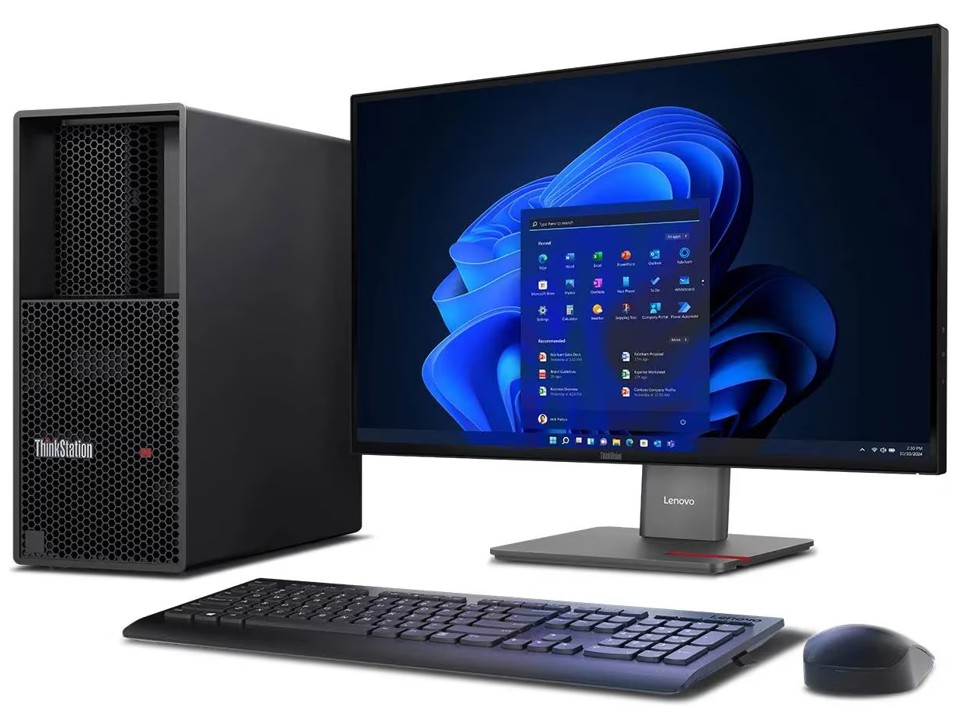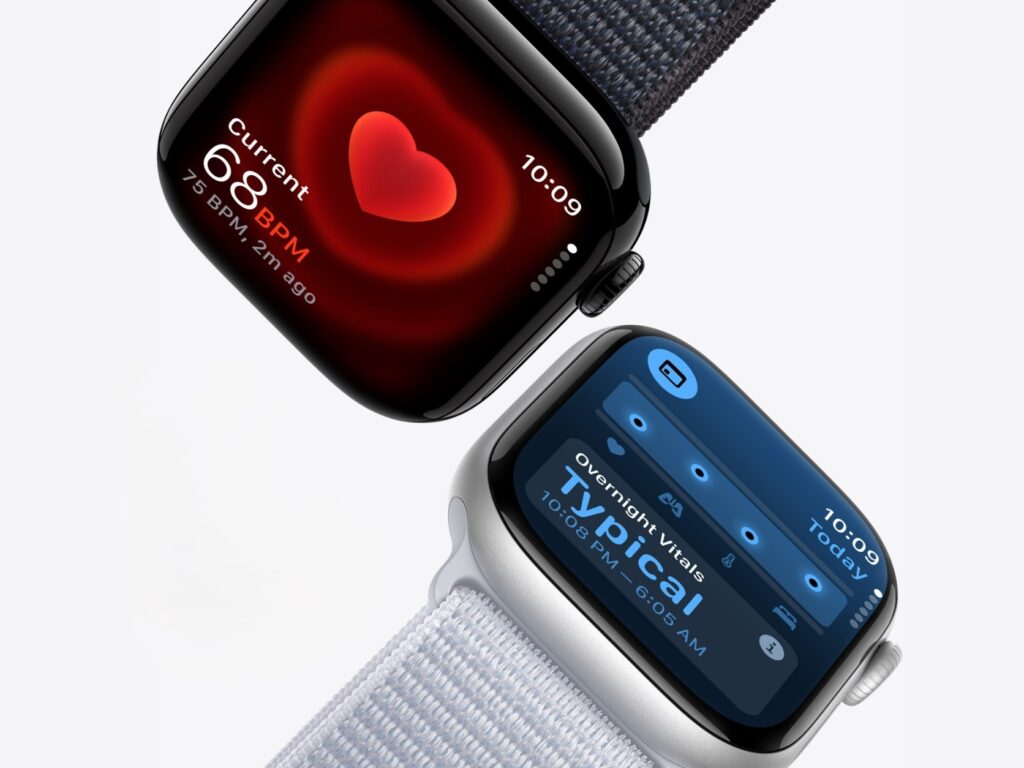Hey guys, in this article, I will share with you guys my unboxing and my review of the Asus Vivobook 15 K513.
(This article continues after the video review below)
Unboxing
Now the unboxing process was pretty straightforward as the box comes in a brown shipping box with the ASUS Vivobook on the front of the box.
Opening the box, you will immediately find:
- the laptop
- the HDD Kit
- the user guide and manual
- the power adapter
- a three-pin plug
Specifications
First, let’s look at the specs. The variant that I have is the 15-inch variant which comes with:
- Intel Core i5-1135G7, which is the 11th Gen Tiger Lake Processor
- a dedicated Nvidia GeForce MX350 2GB VRAM
- 8 gigs of DDR 4 Ram
- 512 GB PCIe storage
- Wifi 6 wireless internet connectivity
- Bluetooth 5.0
Design & Built
Starting from the design and built, my first impressions when I held the laptop was how premium it felt, which has always been the case for Asus laptops as they have always made sure of their high-quality premium built.
It weighs only 1.7kg, which was great even for a laptop of this size, and it is also 17.9mm thin. The reason why the laptop is light and durable, is because of its combination of aluminium alloy and high-quality plastic built, which comes in several colours for you to choose from. The one that I have is called Aluminium Silver, then there is Indie Black and Hearty Gold.
So yes, this means that this would be a great option for people who are in the creative industry, or even a younger demographic, as I sincerely feel that these are the kind of people who would appreciate the overall design and aesthetics of the laptop. For example, just look at the standout, colour-blocking Enter key, where the ASUS VivoBook 15 does indeed adds flair and dynamism to your daily computing.
Screen
Next, let’s talk about the laptop’s screen, the Vivobook 15 that I have is the 15.6-inch variant screen size, as mentioned earlier, it has 1920 by 1080 pixels resolution NanoEdge display, with minimal bezels about 6.1mm, with a 720p HD camera on top and an 85% screen to body ratio.
And what’s nice is the fact that the screen has also great viewing angles up to 178 degrees wide, so this would be beneficial when it comes to sharing a screen with your family, while we are all stuck at home.
When it comes to consuming content on the screen, it has the ASUS Tru2Life Video enhancement tuning system that gives you better clarity, colour, contrast, and dynamic range. So, video playback looked natural with no issues for smooth streaming with Netflix and YouTube as well. And you don’t have to worry about consuming too much of content on this laptop as it is also TUV Rheinland Eye Care Certified that has a hugely reduced blue light, and of course, the Anti-Flicker Technology to ensure your eyes won’t get too tired when watching videos, video editing for a really long time or even when playing games as well.
As for the laptop’s keyboard, the typing experience was nice, with its dish-shaped keys felt very smooth and the keys travel was just nice to kind of slide between key to key, which was surely a very unique experience as it is something which I haven’t experienced in other laptops that I have tested.
The backlight keyboard is hands down the brightest I have ever seen and reviewed in this channel, with 3 levels of brightness adjustments.
The trackpad is smaller than what I have been always used to, which I thought it would be an issue, but it has worked towards my advantage, as it also means that going from one end to another is way faster and very accurate as well. It worked well when I was zooming into websites and images as well.
And speaking about the trackpad, I like how that the fingerprint sensor is on the top right corner of the trackpad, instead of where usually on other laptops, it tends to be placed near or on the power button. I don’t know about you, but for me, I feel that the first place that you put your fingers on is the trackpad. What do you think? Do you prefer it to be there or at the power button?
Accessing the ASUS VivoBook 15 has never been easier or more secure. Because I feel with this built-in fingerprint sensor in the touchpad and Windows Hello, you will surely be able to log in very quickly as there’s no need to type in your password every time to log in — just a single touch is all it takes!
As for the laptop’s ports, on the left, there are two USB 2.0 ports, then on the right, there is the audio jack combo that can be used for headphones or microphones, an HDMI port, a USB Type C 3.2 port, and a micro SD card reader. So yes, with this, you don’t have to live with a “dongle life” with this laptop.
Audio
Now as for audio, I always love and appreciate the collaboration between ASUS and Harman Kardon, as I am the kind of a person who likes to do fast editing on Premiere Pro without using any headphones and even listening to music when I do my video scripts. And although it has just dual speakers where it is placed underneath, the sound projection was great, clear and loud indeed.
And the good news is that you don’t HAVE to get an external microphone if you are making a video or conference calls, as the laptop’s microphone has an AI Trained technology to reduce noise and it also has the ClearVoice Mic enhances speeches as well.
Software
In terms of software, it is shipped with Windows 10 Home, and the good news is that multitasking and using the laptop for spreadsheets, email and browsing was very smooth and seamless.
As for the video editing, I have managed to edit my 6k resolution Blackmagic RAW files smoothly with playback set to 1/4, which means that editing 4k files would definitely be a breeze thanks to the Tiger Lake Processor.
And during my gaming test on Forza Motorsport 7, it ran great with the settings at dynamic render quality at low and resolution at 1280 by 720p.
And since I am constantly working between my phone and PC, I have found the PC and Phone integration through the Link to MyASUS to be extremely handy when it comes to getting notifications and easily transferring files and photos making it super convenient for me. And of course, if you are a student or a business people alike, who can really appreciate features like the Screen Mirroring, Remote file access, and the Screen Extender as well.
Another new feature that ASUS introduced in the new 11th gen VivoBook series is the ASUS Intelligent Performance Technology (AIPT). An ultra-efficient thermal design and power-saving solution. It uses ASUS exclusive algorithms, combined with five and nine smart sensors, an aerodynamic IceBlade fan design, and a 65-watt power supply, to intelligently increase CPU performance with improved stability while allowing all-day battery life and a quieter and cooler laptop. So yes, with ASUS Intelligent Performance Technology, your laptop could run in high-performance status for as long as you need.
Battery
As for the laptop’s battery, it comes with a 3 cell 42-watt hour battery. During my heavy usage of video editing, sending out emails (yes, that’s heavy usage…) and getting some video playback at the end of the day, it got me roughly about 6 hours and 15 minutes. So yes, you will surely get more if don’t do heavy video editing like me, as just by doing typical Office Productivity mode will give you roughly close to 7 hours.
Conclusion
In conclusion, I feel that the Asus Vivobook 15 K513 is indeed a great option if you are looking for a laptop which not only looks great aesthetically but super functional as well. I love the decision that ASUS went with by having a dedicated graphics card as I did see better workflow when it comes to video editing and overall gameplay as well. And yes, it also comes with a great price.
Price
As for the price here in Malaysia, this particular ASUS Vivobook 15 K513 is going for RM3,299 and the ASUS Vivobook 14 K413 is priced at RM3,099. I will leave links down below for you to get yourself either one.



